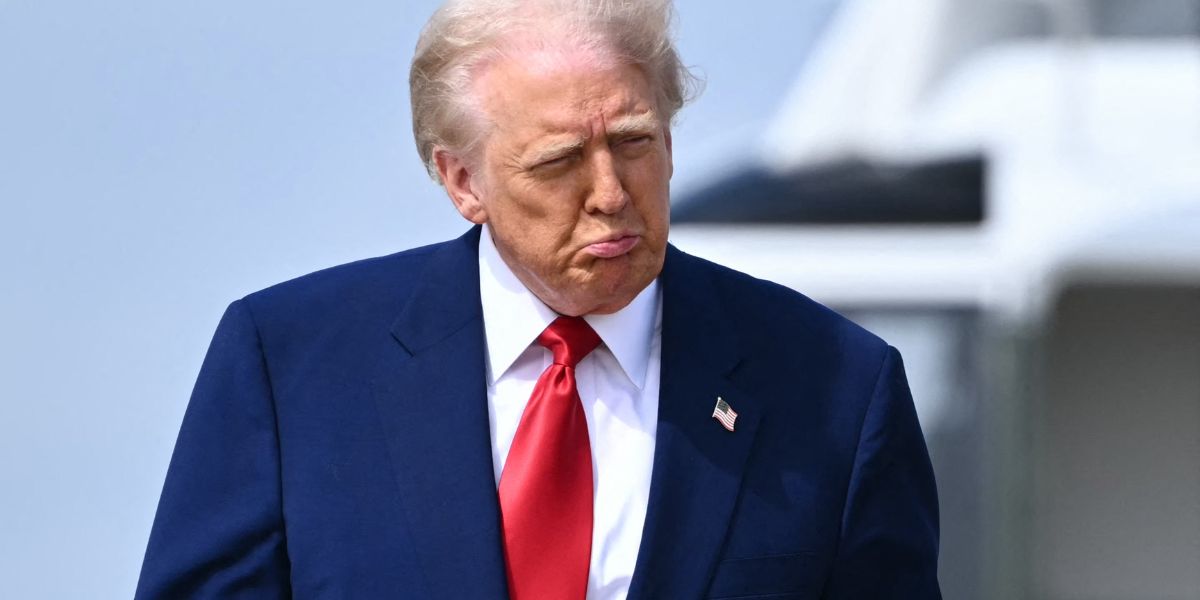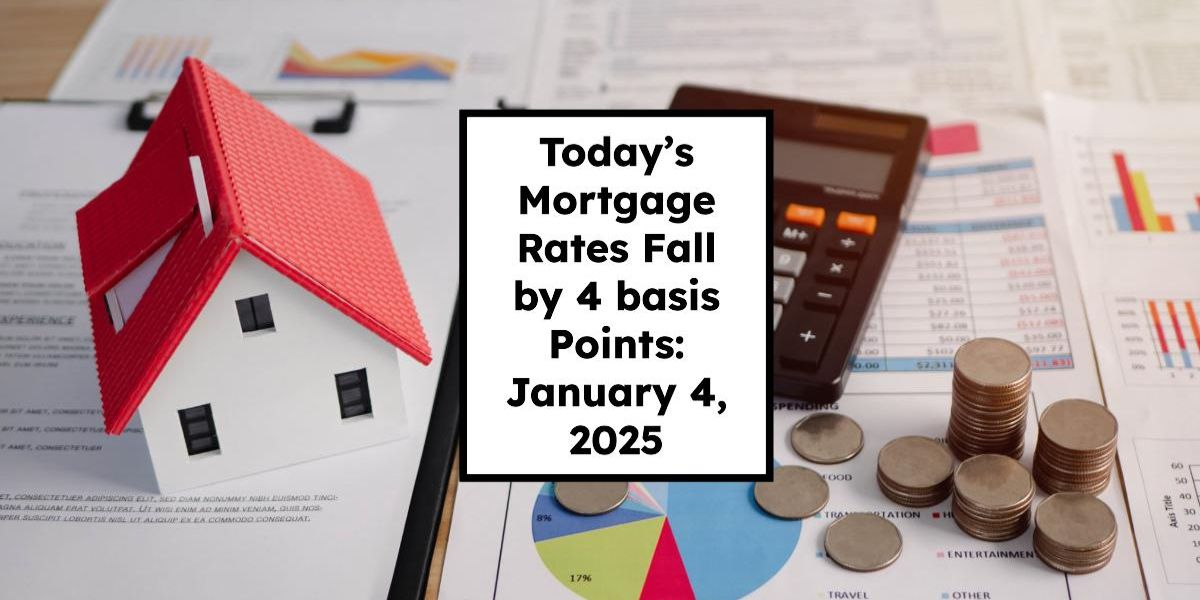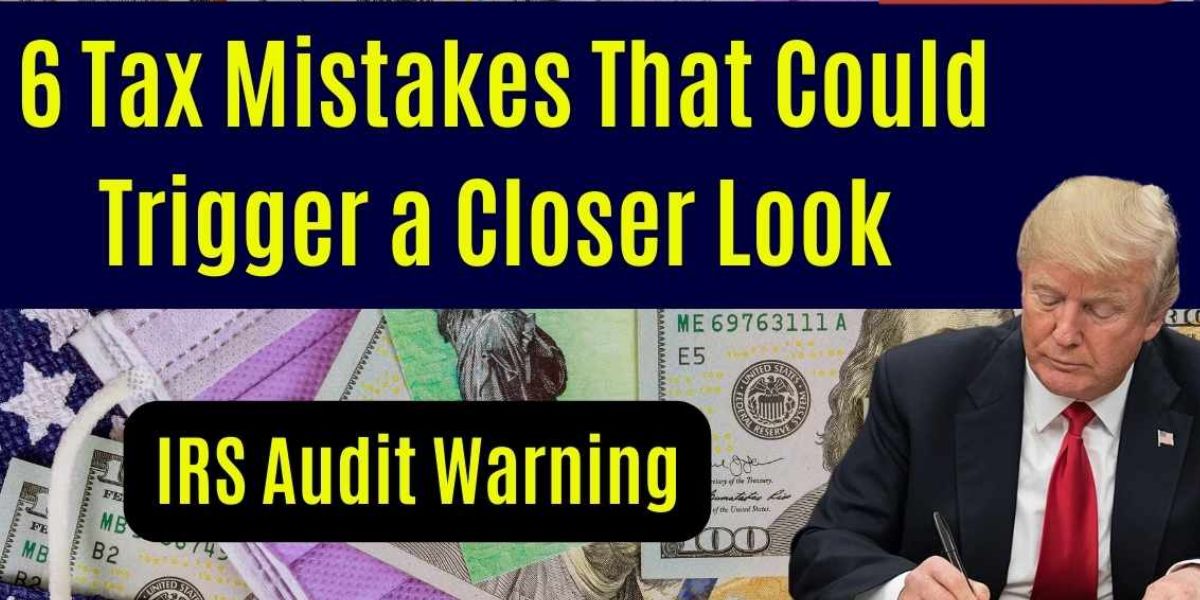President Donald Trump‘s approval rating among millennials has ticked upward for the first time in months, according to new polling data.
Why It Matters
Millennials, typically defined as people born between 1981 and 1996, represent the largest bloc of the U.S. electorate.
Trump reduced the Democrats’ lead among voters aged 30 to 44 by 9 points between 2020 and 2024, from 12 points to 3. However, since the beginning of his second term, polls have shown signs of waning support for Trump among millennials. However, a new poll shows his approval rating among this demographic may be creeping up again.
For Trump, a rebound in support from voters aged 29 to 44 could help stabilize his approval ratings at a time when he’s faced growing discontent over issues such as immigration and the economy. While millennials have historically leaned Democratic, even a modest uptick in support during his second term could strengthen his political leverage and influence the landscape for the 2026 midterms and beyond.
What To Know
After months of decline, Trump’s approval rating among millennials has made a sharp and surprising rebound, according to a new YouGov/The Economist poll conducted May 9–12 among 1,850 adults.
$5,000 DOGE Stimulus Checks: Trump’s Proposal Faces Political Hurdles
Among Americans aged 30 to 44—a core segment of the millennial generation—Trump’s approval jumped to 46 percent in May, up from 38 percent in April. That eight-point surge marks the largest one-month increase recorded for any demographic group in the poll. In March, his approval in the same age range stood at 43 percent, suggesting that May’s gain represents a full reversal of the recent downward trend. The poll has a margin of error of ±3.4 percentage points.
In contrast, support among younger voters is slipping. Approval among 18- to 29-year-olds—many of whom backed Trump in surprising numbers in 2024—has dropped sharply. After gaining 47 percent of the vote from this group in the last election, up from 36 percent in 2020, Trump now appears to be losing ground.
In March, 44 percent of voters under 30 approved of his performance, while 48 percent disapproved. As of May, only 35 percent approve, while disapproval has climbed to 56 percent—a clear sign of erosion in a key slice of the youth vote.
Support among older Americans, however, remains largely steady. Voters aged 45 to 64 gave Trump a 48 percent approval rating in the earlier poll and 47 percent in the latest one. Among those 65 and older, his approval held at 45 percent, with a marginal drop in disapproval from 54 to 53 percent. This stability among older demographics, who traditionally lean more Republican and vote at higher rates, continues to provide a solid base for Trump.
Trump’s bounce-back with millennials comes after weeks of sagging numbers tied to economic anxiety and fallout from his “Liberation Day” tariffs. The policy move rattled markets, prompting a sharp sell-off before an eventual recovery. But public sentiment did not rebound as quickly as the Dow. Polls throughout April showed sliding approval ratings—not only for Trump’s overall job performance but also for his handling of the economy.
Now, however, multiple polls suggest that the bleeding has stopped. Newsweek‘s tracker puts Trump’s overall approval at 46 percent, with 51 percent disapproving—an uptick from 44 percent approval the previous week. Meanwhile, the latest TIPP Insights poll, conducted April 30 to May 2 among 1,400 adults, found Trump’s net approval at -5 (42 percent approve, 47 percent disapprove), a slight improvement from -7 in early April. That poll’s margin of error is ±2.7 percentage points.
Yet, the broader trend remains one of stagnation more than resurgence. Trump’s approval ratings have not improved dramatically since mid-April, but neither have they deteriorated further. A YouGov poll conducted May 6–8 pegs his approval at 42 percent, unchanged from the prior week, while disapproval ticked down slightly from 52 to 50 percent.
And in the latest YouGov/The Economist poll, Trump’s overall approval rating increased by 1 point to 43 percent, while his disapproval rating remained at 52 percent.
Similarly, a Quantus Insights survey from May 5–7 showed no significant movement, reinforcing the idea that Trump’s numbers have stabilized—for now.
What People Are Saying
Lucas Walsh, a youth political behavior expert and a professor at Monash University in Australia, told Newsweek: “Declining support among younger voters—many of whom backed Trump in 2024—may be because many respond to issues rather than party allegiances. Since the election, Trump’s dizzying array of announcements across contentious issues could be discouraging younger voters.
“Economic hardship and uncertainty typically affect younger people disproportionately compared to older voters during economic downturns.
“These younger voters often care less about red and blue party lines and more about issues, particularly progressive ones, and issues affecting the bottom line of their day-to-day lives.
“Because millennials are a more politically fragmented and volatile group, current trends may be motivated by the continued lack of credible Democrat alternatives since [former Vice President Kamala] Harris’ failed campaign.
“While Trump has been able to cut through to younger people, the scale and range of his announcements make any identifications of voting patterns difficult. It’s like trying to catch a ball on a roller coaster.”
What Happens Next
Trump’s approval rating among millennials could fluctuate in the coming weeks, depending on the outcome of key events, including critical negotiations in the Russia-Ukraine war, the evolving tariff situation and concerns about a recession.




